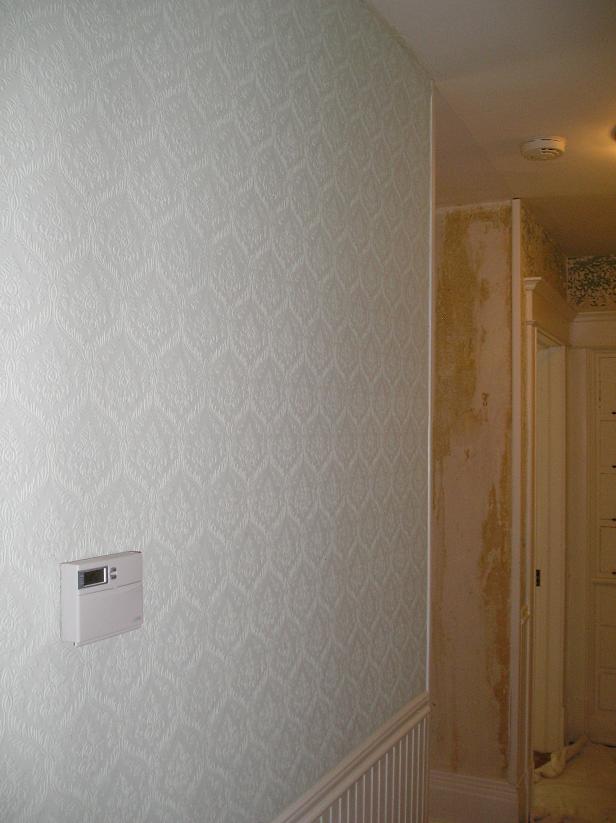Drywall and plaster repair can be tough to learn, and a good drywall repair how to video is a sure way to gain extra insight into these topics. These drywall repair videos and plaster repair videos are provided with this in mind.
This video shows patching small holes and gouges in drywall, what drywall repair tools you’ll need, and how to paint the patch.
Drywall repair cost does not have to be expensive, and this same method can be used for ceiling drywall repairs. You can also use this method for fixing drywall cracks.
* After viewing please consider offering your own insights and opinions, this would be a big help to others.



4 Responses
This video is for DIYs not pros, that would explain the length. With deep gouges the compound may crack at it’s edges if the mesh is not used. Drywall compound is more predictable than Spackle in terms of workability. The hold out properties of a primer/sealer like BIN can cause the painted patch to appear shiny if you are just touching up. Priming the patch with the paint prior to painting the entire wall (including the patch) will give the best results.
First: this video is too lengthy, slow and complicated to follow… and does not accurately address small drywall repairs…
For small repairs, no need or advantage in using dry wall tape… it does not aid in holding the surface together, unless the hole or crack is very big (over 1 inch)…
Use SPACKLE not dry wall compound… does a better job on small repairs and drys quicker…
Use 5 inch and 2 inch flexible knives…
Use proper Spackling Technique (this is CRITICAL INFORMATION)… Look here for a tutorial: //davmagic.com/paint/PAGES9.html
Remember, a “perfect finish” is never achieved, even by pros… you can always see something.. however tiny…
Prime the repair before any finish coating, using a pigmented shellac sealer primer… you can lightly sand it after it drys, use fine paper…
Finish coat it… but 9 times out of 10 you will need to repaint the entire wall, especially on older walls (paint always darkens with age and light absorption… so you can’t accurately match up the color)…
Could blend it all back together, but first I would make it all one big sheet then do the body work on it.
Then respray the drywall wall hole to give you the look and feel of a new wall.
I did a drywall installation in Tucson, AZ this same exact size yesterday, for about the same price of a ceiling. Just so I could get more work from the guy.
And the main reason I say respray the wall over bc u got years on the old drywall texture or re paint the ceiling after u blend it
Just depends on the drywaller.
First: this video is too lengthy, slow and complicated to follow… and does not accurately address small drywall repairs…
For small repairs, no need or advantage in using dry wall tape… it does not aid in holding the surface together, unless the hole or crack is very big (over 1 inch)…
Use SPACKLE not dry wall compound… does a better job on small repairs and drys quicker…
Use 5 inch and 2 inch flexible knives…
Use proper Spackling Technique (this is CRITICAL INFORMATION)… Look here for a tutorial: //davmagic.com/paint/PAGES9.html
Remember, a “perfect finish” is never achieved, even by pros… you can always see something.. however tiny…
Prime the repair before any finish coating, using a pigmented shellac sealer primer… you can lightly sand it after it drys, use fine paper…
Finish coat it… but 9 times out of 10 you will need to repaint the entire wall, especially on older walls (paint always darkens with age and light absorption… so you can’t accurately match up the color)…
———————————
???